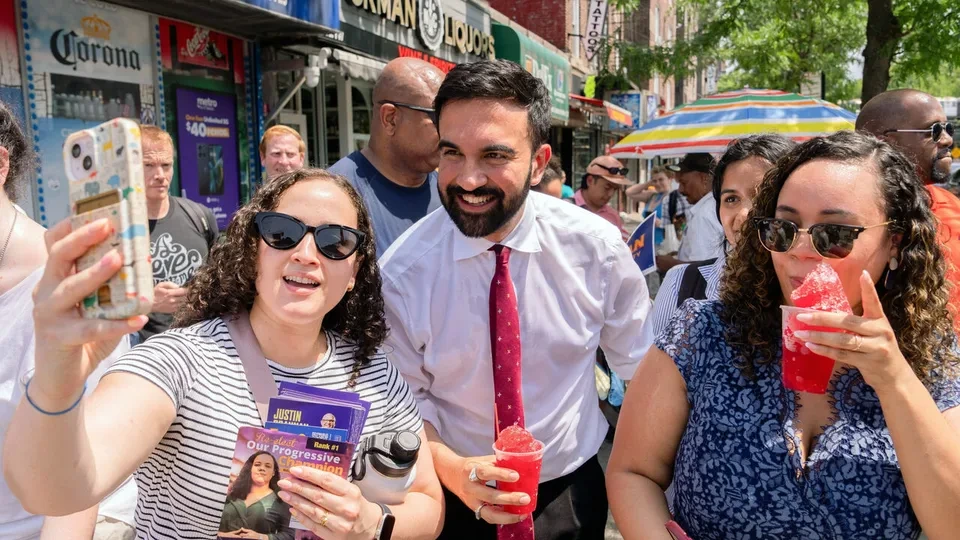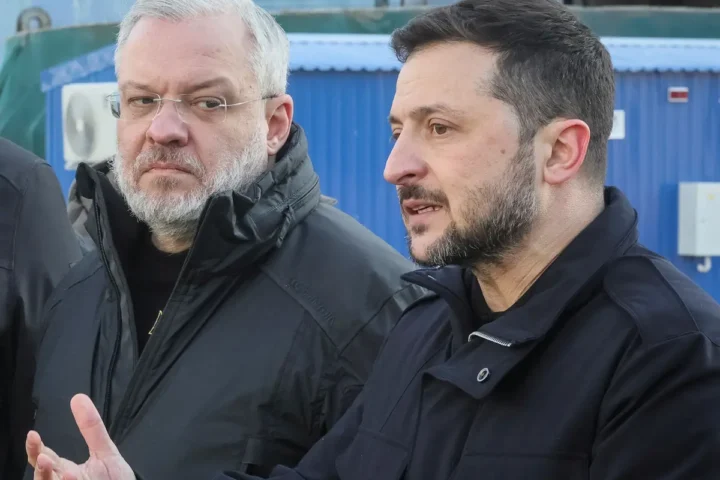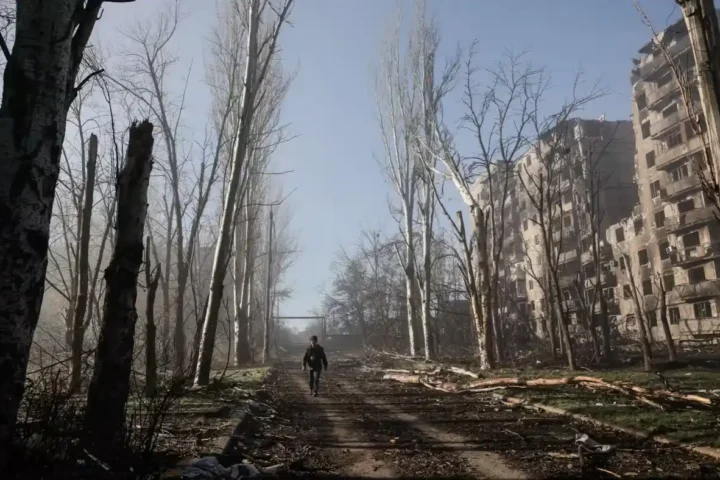The victory of 33-year-old socialist Zohran Mamdani in New York City’s Democratic mayoral primary is a political development that deserves close analysis. This is not just a local upset — it signals deeper socio-political transformations within the Democratic Party as a whole.
Until recently, Mamdani was a marginal figure in city politics — a progressive legislator from Queens, little known outside his district. His triumph over former New York Governor Andrew Cuomo, a party heavyweight, is less a personal success than a symptom of shifting political priorities among Democratic urban voters.
The final results — which depend on the count of ranked-choice ballots — won’t be known until mid-July. Yet the key implications are already clear.
A Paradigm Shift: Between Centrism and the Progressive Left
At its core, this election reflects the ongoing struggle between the Democratic Party’s centrist establishment and its progressive flank. Cuomo epitomized the traditional center: business-friendly, pragmatic, and supported by Democratic stalwarts like Bill Clinton and Jim Clyburn. His campaign coffers were filled by high-profile donors, from hedge funder Bill Ackman — a Trump backer — to former NYC mayor Michael Bloomberg, who gave over $8 million to Cuomo’s Super PAC.
Mamdani offered a stark contrast: a new-wave democratic socialist focused on public services and equity. He advocated for free public transit, municipal grocery stores in underserved areas, and higher taxes on the wealthy. His vocal criticism of Israel’s actions in Gaza and ambiguous statements about globalizing the intifada gave him visibility — and controversy. Yet these positions raise valid questions about his capacity to manage a city with 350,000 municipal employees and an annual budget of $116 billion.
Still, his platform resonated with voters seeking systemic change. Support from the Working Families Party — small but ideologically aligned — provided crucial organizational infrastructure and legitimacy.
Two Campaigns, Two Eras: Digital Strategy vs. Name Recognition
The second factor explaining Mamdani’s victory is the strategic asymmetry between the campaigns. Mamdani employed a modern, grassroots-driven digital campaign model. With 46,000 volunteers citywide, he leveraged street-level engagement and social media, notably TikTok. Days before the election, he walked the entire length of Manhattan, from Inwood to Battery Park, grabbing pizza slices, talking to voters, and documenting the journey online.
Cuomo, in contrast, remained largely invisible outside scripted appearances in union halls and Black churches. He ran on legacy and name recognition — an approach that may have worked in the past but appears increasingly outdated. Notably, his initial foray into politics was in 1982, during his father Mario Cuomo’s gubernatorial campaign.
Cuomo’s reentry into public life — after resigning as governor amid sexual harassment allegations (which he denies) and criticism for downplaying COVID deaths in nursing homes — was itself a signal of how disconnected the establishment remains from voters’ expectations.
Generational Fatigue and a Cry for Change
Precinct-level results show Mamdani performed best in areas with the highest concentration of millennials. This suggests a generational dynamic more than a strictly ideological one. Progressive urban voters are not just leaning left — they are expressing fatigue with the baby boomer political class that has lost to Donald Trump twice and yet refuses to exit the stage.
From this perspective, Mamdani’s win is less a mandate for his specific agenda than a vote of no confidence in the Democratic status quo. The electorate is demanding not cosmetic adjustments, but generational transformation.
November: A Risky Configuration Ahead
It is critical to note: Mamdani is not mayor yet. The general election in November may bring a three-way race. Cuomo is expected to run as an independent, while incumbent mayor Eric Adams — no longer a Democrat — could also return to the field. This would split the vote and test Mamdani’s ability to build a broader coalition.
There is growing concern, even among center-left analysts, about whether a young, TikTok-savvy idealist can effectively govern a city with the economic and infrastructural complexity of New York. As Jesse Arm of the Manhattan Institute dryly put it:
“President Donald Trump might not mind having a pro-intifada, socialist, 33-year-old radical governing New York City as his foil for the next three years.”
This article was prepared based on materials published by The Economist . The author does not claim authorship of the original text but presents their interpretation of the content for informational purposes.
The original article can be found at the following link: The Economist.
All rights to the original text belong to The Economist.


















